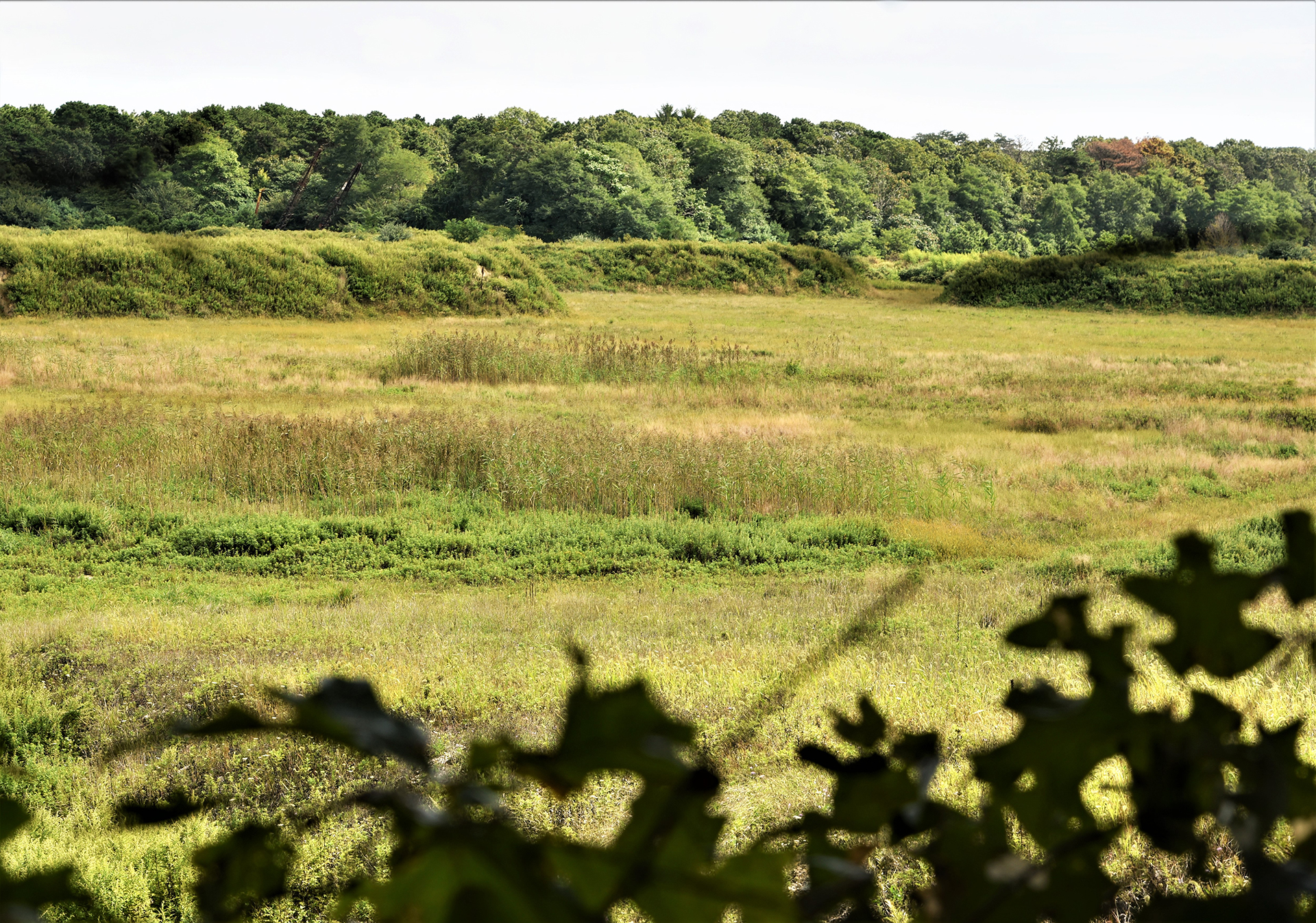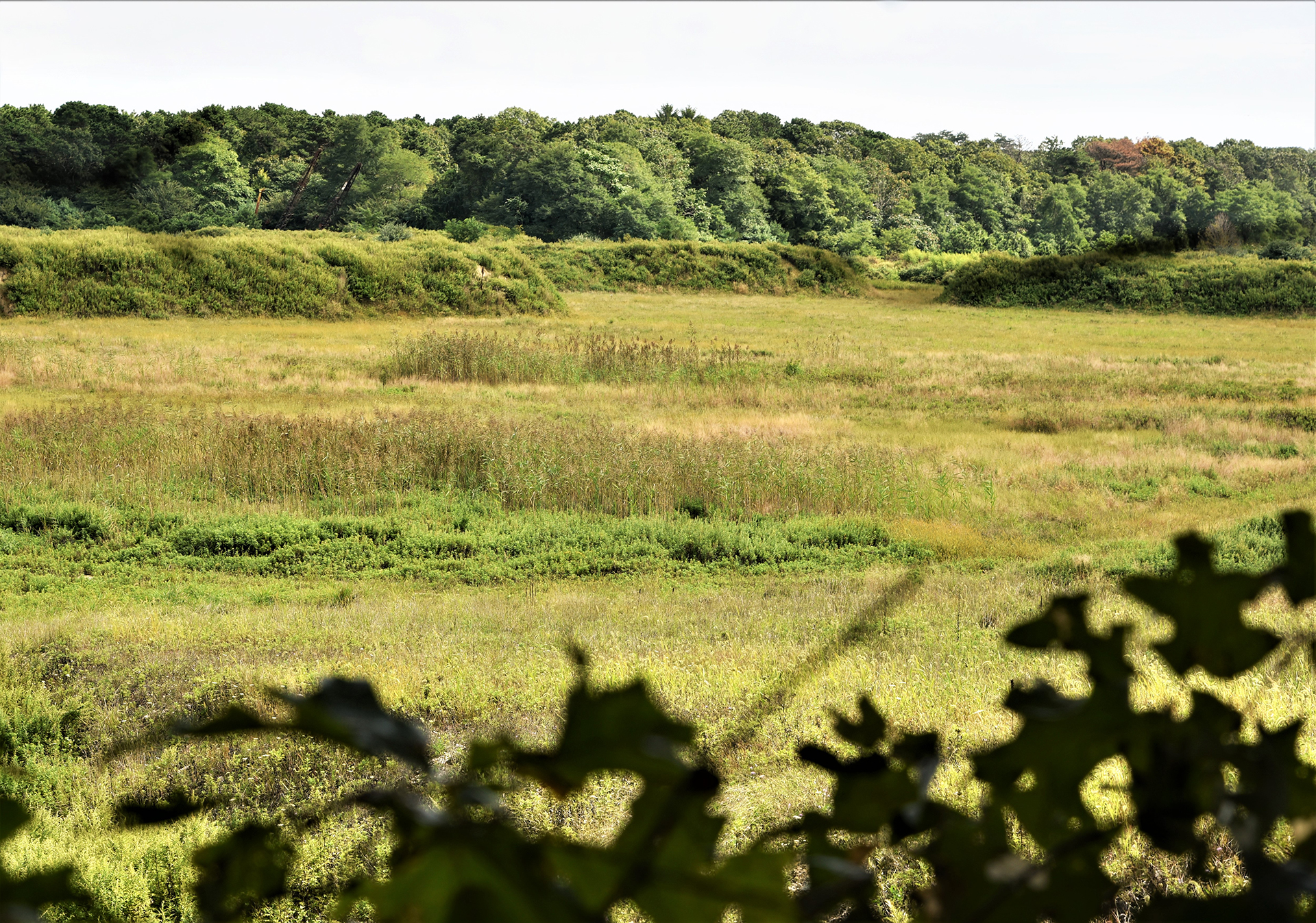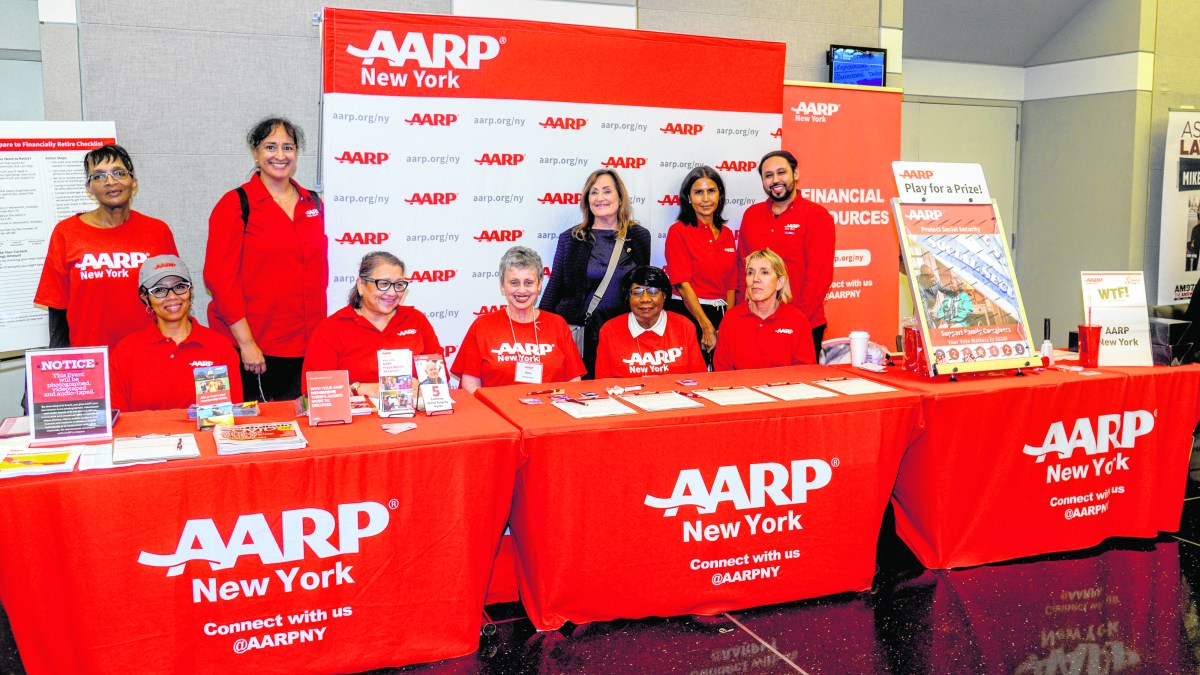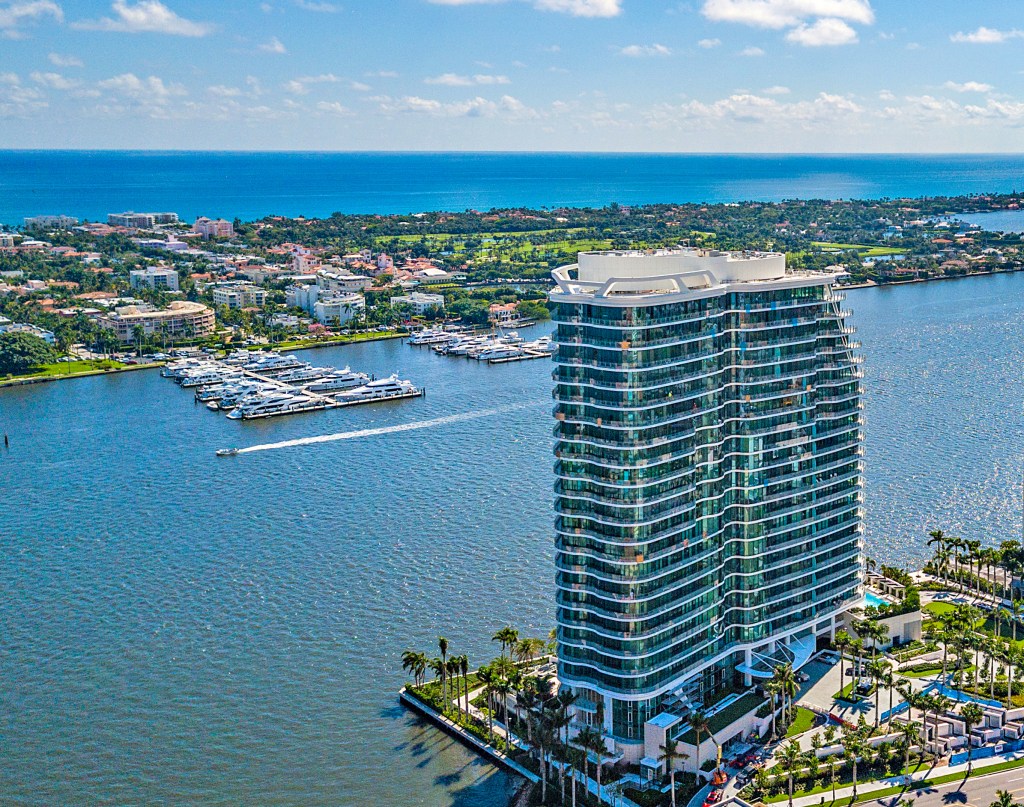Many Questions About Wainscott Sand Pit


The owner of the 70-plus acre gravel and sand pit north of Montauk Highway in Wainscott will have to answer many questions under the State Environmental Quality Review Act after the East Hampton Town Planning Board ordered an environmental impact statement at its September 12 meeting.
Eric Schantz, a senior planner for the town, presented the board with an environmental assessment form that contained 17 questions about the proposal as required by SEQRA. The planning board then added at least 13 more questions to the form.
The plans call for the creation of 50 buildable lots, all already zoned for business and industrial use. While the owner of the land, John Tintle, wants to divide the property into 40,000-square-foot lots, the town’s hamlet study of Wainscott, which should be complete by the end of the year, envisions a “community center, ball fields, playground, and multiuse path” that will “provide for the needs of residents, workers, and visitors throughout the village” on the land.
Marguerite Wolffsohn, the head of the East Hampton Town Planning Department, began the discussion. “I want everyone to understand the big picture,” she said. After the board approves the assessment form, as modified by them, the applicant will have to do a scoping document, answering the questions the form requests. Currently, there is a building moratorium in downtown Wainscott due to expire toward the end of the year. She said while board members can’t approve a new building plan under the moratorium, they can certainly discuss such a proposal.
The East Hampton Town Board will take up the matter of the Wainscott hamlet study October 4 at Town Hall on Pantigo Road, Wolffsohn told the board.
Several members of the public spoke at the planning board meeting. Chairman Job Potter cautioned them to keep their remarks limited to the SEQRA form.
Among the speakers was Nicholas Tapert of the Super Law Firm, representing the Friends of Georgica Pond Association. The sand pit, he said, lies in the Georgica Pond watershed. “The legacy of past use, and what the town allows to happen on this site will effect health of Georgica Pond and its surroundings for years to come,” he warned.
“This property is already dangerously contaminated. Breaking ground on this site could spread or hasten the spread of pollution,” said Tapert.
Si Kinsella, who owns property in Wainscott, praised the fact that SEQRA asks about impacts using the word “may” have an impact, leading to a broad inquiry. Jose Arandia of the Wainscott Citizens Advisory Committee, said the depth of the mined land is right at the water table and said that Tintle has previously promised to test for contaminants but has failed to follow through.
Another member of the WCAC, Frank Dalene, said “There has been enough work done on our hamlet study to show what the vision is, and this is not close to it.” He said that he has seen, over the years, fill being brought in, and called for its testing, too. “All of this activity that has been going on for all of these years has had no supervision,” Dalene added.
Some of the inquiries added to the form include determining whether the surface of the pit is within three feet of the water table, the effect of new septic systems discharging into the land, and the possibility of unearthing “solid or hazardous waste.” Tintle and his representative, David Eagan of Wainscott, will also have numerous other questions to answer, including those dealing with traffic flow, and whether or not the proposal “is inconsistent with the existing community character.”
Schantz will take the board’s comments and questions and incorporate them into the form and memo he has already prepared before the board’s meeting next week.
t.e@indyeastend.com



